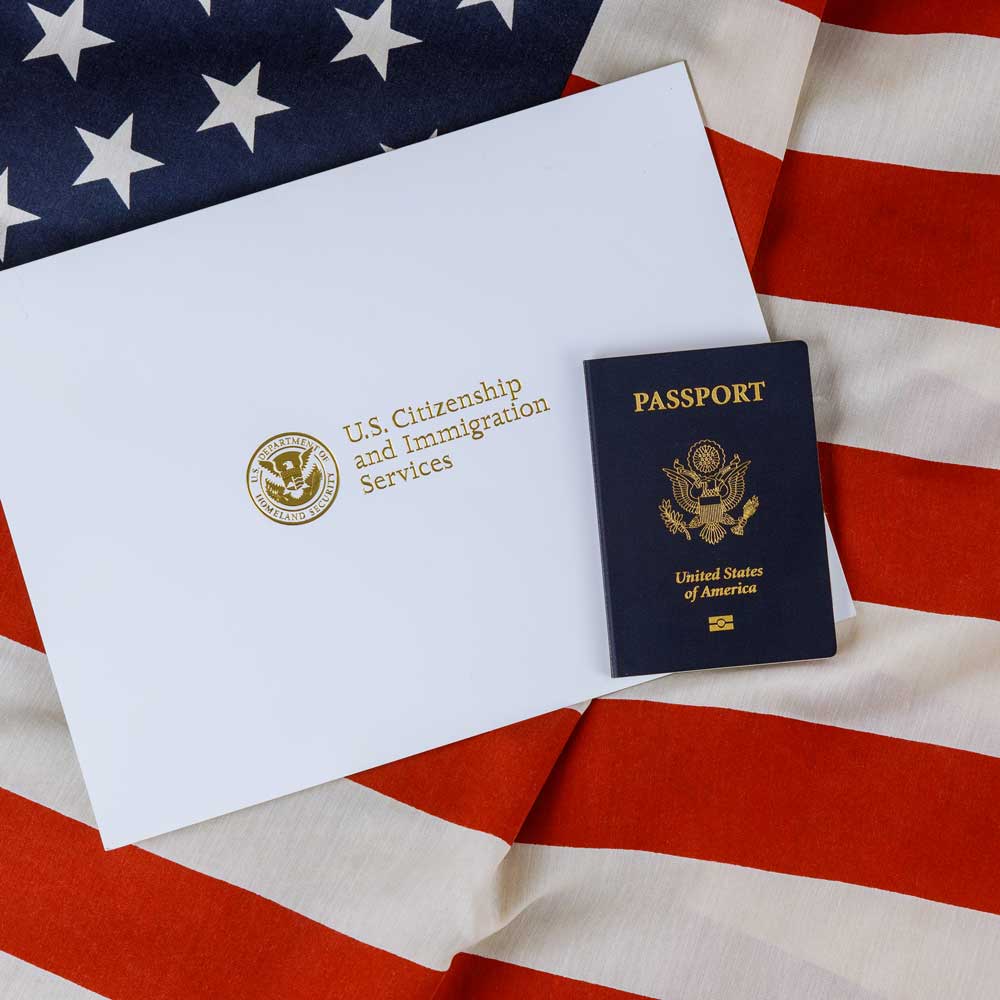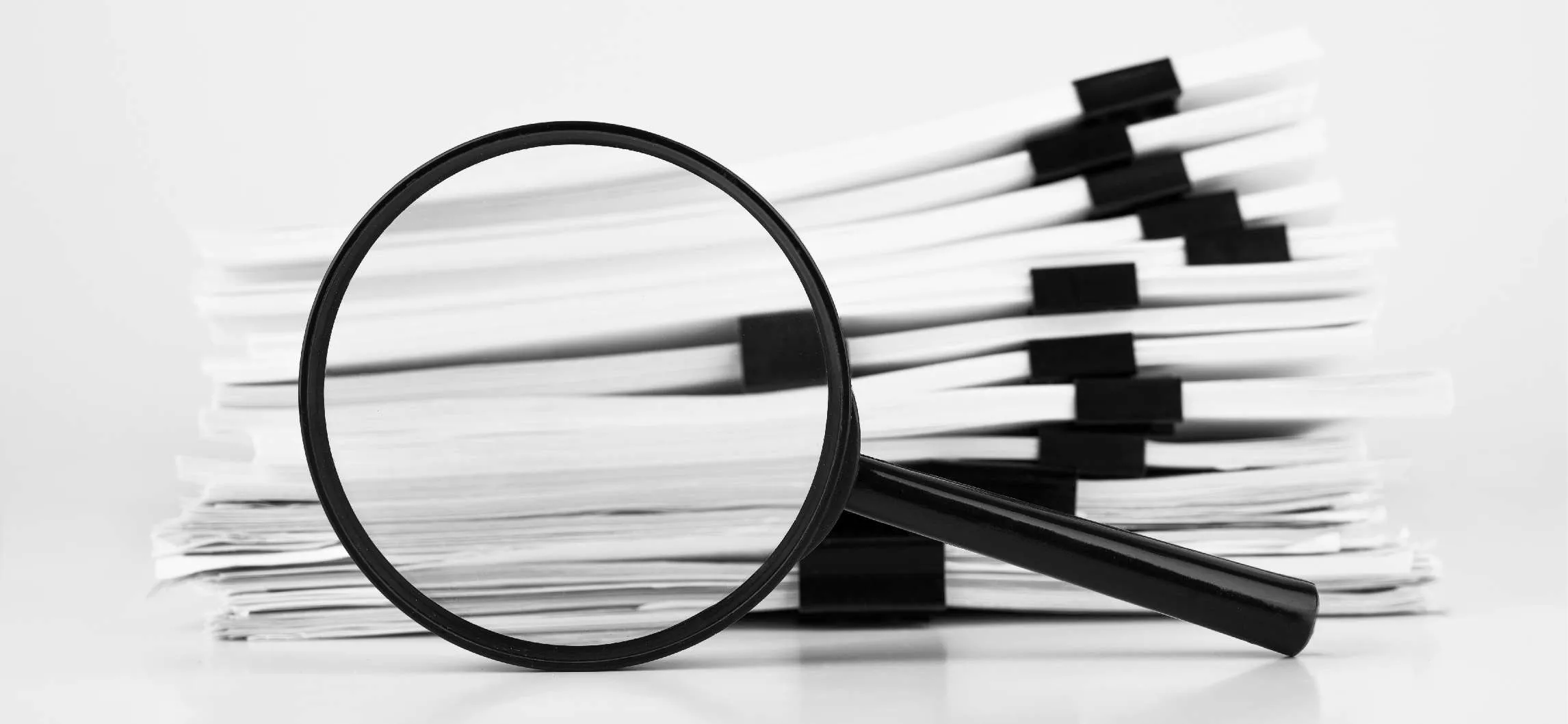The term “green card dosya taşıma,” which translates to “green card file transfer,” often refers to the process of managing and transferring documents related to green card applications and immigration status in the United States. Navigating the complexities of U.S. immigration can be daunting, and understanding how to properly handle your green card documentation is crucial for a successful application and adjustment of status. This article will explore the concept of green card dosya taşıma, including its significance, the process involved, best practices, and common pitfalls to avoid.
Understanding the Green Card
What is a Green Card?
A green card, officially known as a Permanent Resident Card, is an identification document that grants non-U.S. citizens the right to live and work permanently in the United States. Obtaining a green card is a significant milestone for many immigrants, as it opens up opportunities for employment, education, and social services. Green cards can be obtained through various pathways, including family sponsorship, employment-based visas, asylum or refugee status, and the Diversity Visa Lottery.
Importance of Proper Documentation
When applying for a green card, meticulous documentation is critical. The U.S. Citizenship and Immigration Services (USCIS) requires applicants to submit extensive documentation to support their eligibility. Properly managing these documents is essential for several reasons:
- Verification of Eligibility: Accurate documentation demonstrates the applicant’s eligibility for a green card.
- Legal Compliance: Keeping documents organized ensures compliance with U.S. immigration laws and regulations.
- Easier Communication: A well-organized file simplifies communication with immigration attorneys, advisors, and USCIS officials.
The Green Card Application Process
Steps in the Application Process
- Determine Eligibility: Before initiating the application, ensure that you meet the eligibility requirements for the specific green card category.
- Gather Required Documents: Collect all necessary documentation, including identification, proof of eligibility, and any other supporting materials.
- Complete the Application Forms: Fill out the relevant forms, such as Form I-485 (Application to Register Permanent Residence or Adjust Status) or Form I-130 (Petition for Alien Relative).
- Submit the Application: Send your completed forms and supporting documents to USCIS, ensuring all items are organized and properly labeled.
- Attend Biometrics Appointment: USCIS may require a biometrics appointment for fingerprinting and background checks.
- Interview Process: Depending on your application type, you may be required to attend an interview where additional documentation might be requested.
- Receive Decision: USCIS will issue a decision regarding your application, which could lead to approval or denial.
- Green Card Issuance: If approved, you will receive your green card, granting you permanent residency status.
Green Card Dosya Taşıma: Best Practices
Organizing Your Green Card Documents
Efficiently organizing your green card documents can save you time and stress throughout the application process. Here are some best practices to consider:
- Create a Centralized File: Use a physical or digital file to store all documents related to your green card application. This can include forms, receipts, correspondence with USCIS, and supporting evidence.
- Label Everything: Clearly label each document and organize them in a logical order. For example, separate your application forms, supporting documents, and communication with USCIS.
- Use Dividers or Folders: If using a physical file, consider using dividers or folders to categorize documents. For digital files, create folders for each stage of the application process.
- Keep Copies: Always maintain copies of all submitted documents for your records. This can be invaluable if you need to refer back to them or if any issues arise during the application process.
- Update Your Files Regularly: As you receive new documents or correspondence from USCIS, promptly add them to your file to ensure you have the most current information.
Digital vs. Physical Documentation
While some individuals prefer to manage their documentation physically, others opt for digital solutions. Both methods have their advantages and disadvantages.
- Physical Documentation:
- Pros: Tangible files can be easier to navigate for some, and they do not rely on technology. Physical documents are also helpful during in-person meetings with immigration attorneys.
- Cons: Physical files can be lost, damaged, or disorganized over time, and accessing them requires physical storage space.
- Digital Documentation:
- Pros: Digital files can be easily organized, backed up, and shared. Online storage solutions allow for remote access and collaboration with attorneys or family members.
- Cons: Digital files are susceptible to data breaches or technical issues, and not everyone may be comfortable managing their documents electronically.
Ultimately, the choice between digital and physical documentation depends on personal preference and comfort with technology.
Common Pitfalls to Avoid
While navigating the green card application process, applicants often encounter pitfalls that can delay or jeopardize their applications. Here are some common mistakes to watch out for:
- Incomplete Documentation: Failing to submit all required documents can lead to delays or denials. Always double-check your application against the USCIS checklist for your specific application type.
- Incorrect Forms: Ensure you are using the most current version of each form. USCIS regularly updates its forms, and using outdated versions can result in rejection.
- Missing Deadlines: Be aware of deadlines for submitting applications, responses to requests for evidence, and other critical dates. Use a calendar or reminder system to track these dates.
- Poor Communication: If you receive a request for additional information or an interview notice, respond promptly and provide the requested information. Delays in communication can negatively impact your application.
- Neglecting Legal Assistance: If you are unsure about any aspect of the application process, consider seeking legal advice from an immigration attorney. They can help navigate complex issues and improve your chances of a successful application.
Conclusion
The green card dosya taşıma process is a crucial aspect of managing immigration documentation effectively. By understanding the importance of proper documentation, organizing your files efficiently, and avoiding common pitfalls, you can navigate the complexities of the green card application process with greater confidence. Whether you are applying for a green card based on family ties, employment, or other pathways, being diligent in your documentation efforts can significantly impact the success of your application.




